In this short guide we will show you how to do a body check in NHL 23. While scoring is important in the game, in request to find lasting success in NHL 23, you really want to learn the basics of safeguard to stop your adversary’s offense. While defending on ice, no action is a higher priority than a hip check. So we’re going to show everything here about how to do a hip exam in NHL 23. Assuming that you want NHL 23 Coins to purchase player card packs to make your team shine.
Body checking is possibly allowed when a hostile player is in control of the puck. Hitting a player who does not have the puck will bring about a penalty. Safeguards can in any case annoy hostile players without the puck by blocking their intended path or lifting their stick.
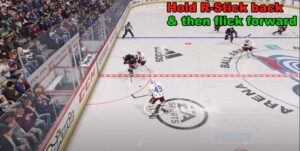
How to Do a Body Check in NHL 23
To do a body check, you should utilize the Protection Expertise Stick in NHL 23. The Safeguard Ability Stick in NHL 22 is the right stick for the Xbox platform, and the right analog stick on PlayStation.
The bearing of the body check will rely on how you shift the stick. For example, assuming you are attempting to check somebody to one side, shift the Expertise Adhere to one side. On the off chance that an opposing player is to one side, move the adhere to one side.
Remember, however, that body and hip checks do accompany risk. Since checks do require physically moving towards an opposing player and play out a hit, doing that could lead to either missing or failing to raise a ruckus around town before the puck is moved off to another skater. That can be an incredible issue, as it can lead to a more excellent scoring chance since the checking player is essentially vacating the protective situation to hit a player.
With all of that said, make sure to be careful while trying to do a body check, In the event that you can take the puck with a jab check or stick lift, do it.
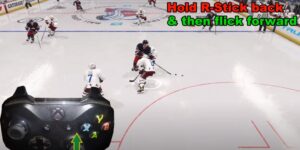
What Age Does Body Checking Start
The Canadian Academy of Sports Medicine suggests that bodychecking be introduced exclusively in young men’s serious hockey, and no earlier than the bantam (ages 13 to14) or smaller person (ages 15 to 17) level. [5] The AAP suggests a ban on bodychecking for male players more youthful than 15 years of age.

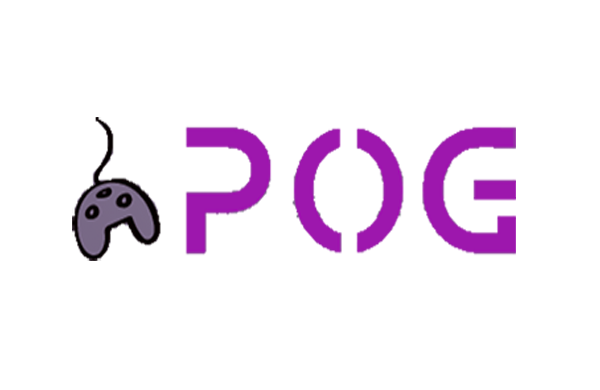
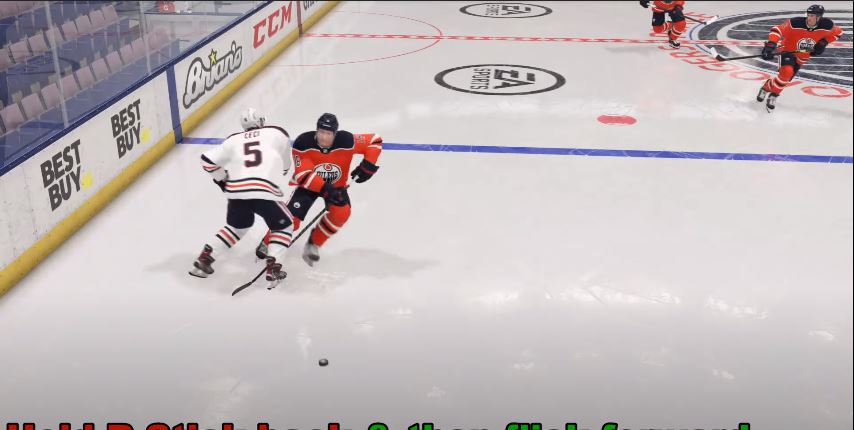


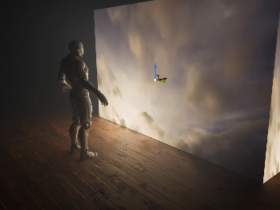

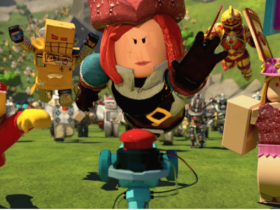


Leave a Reply